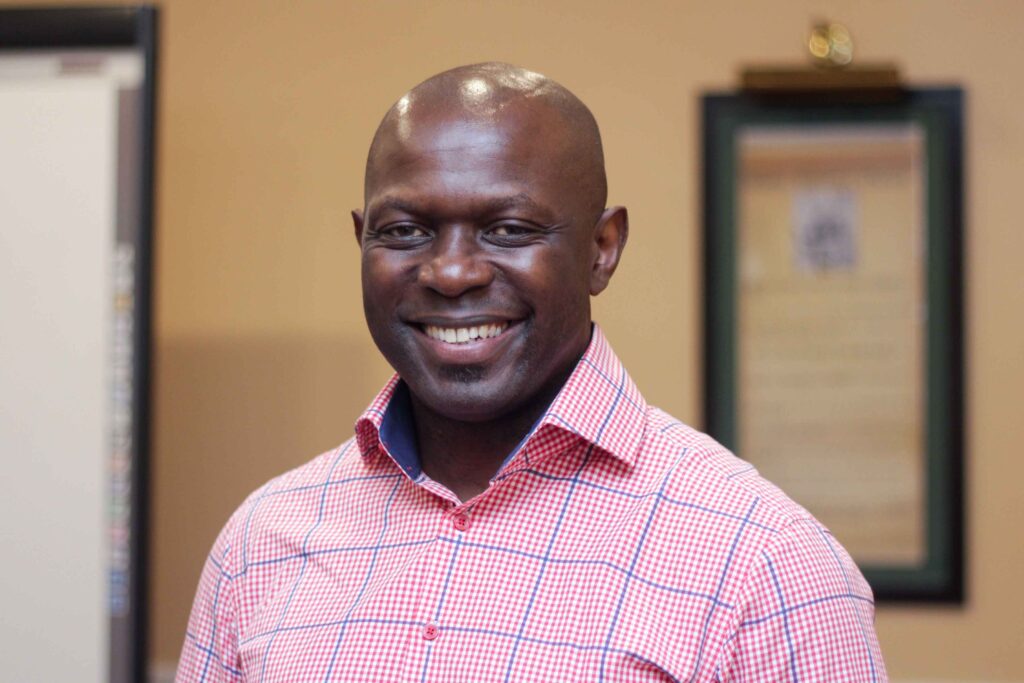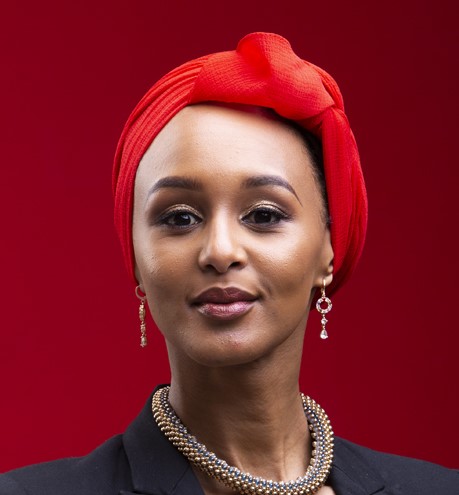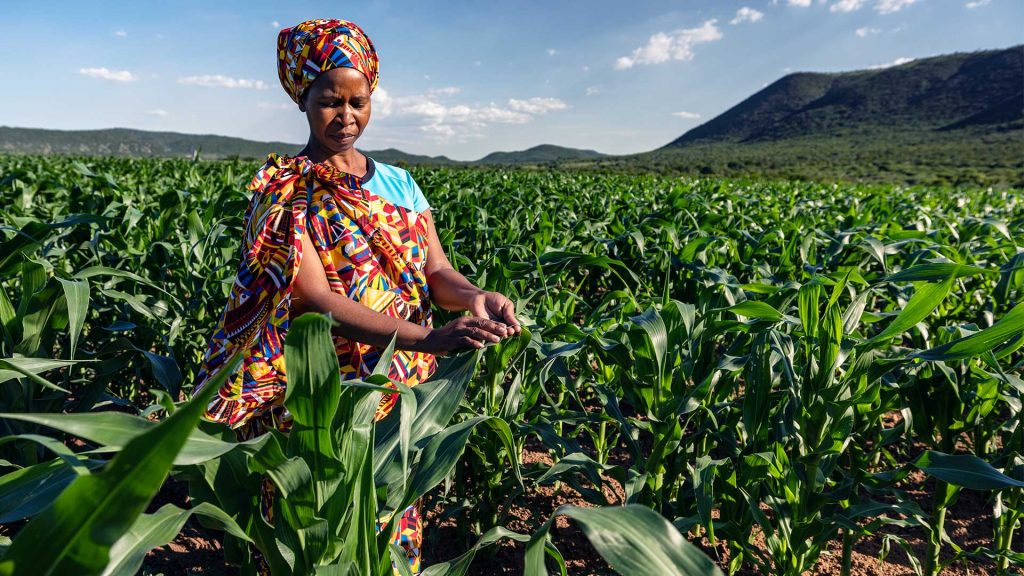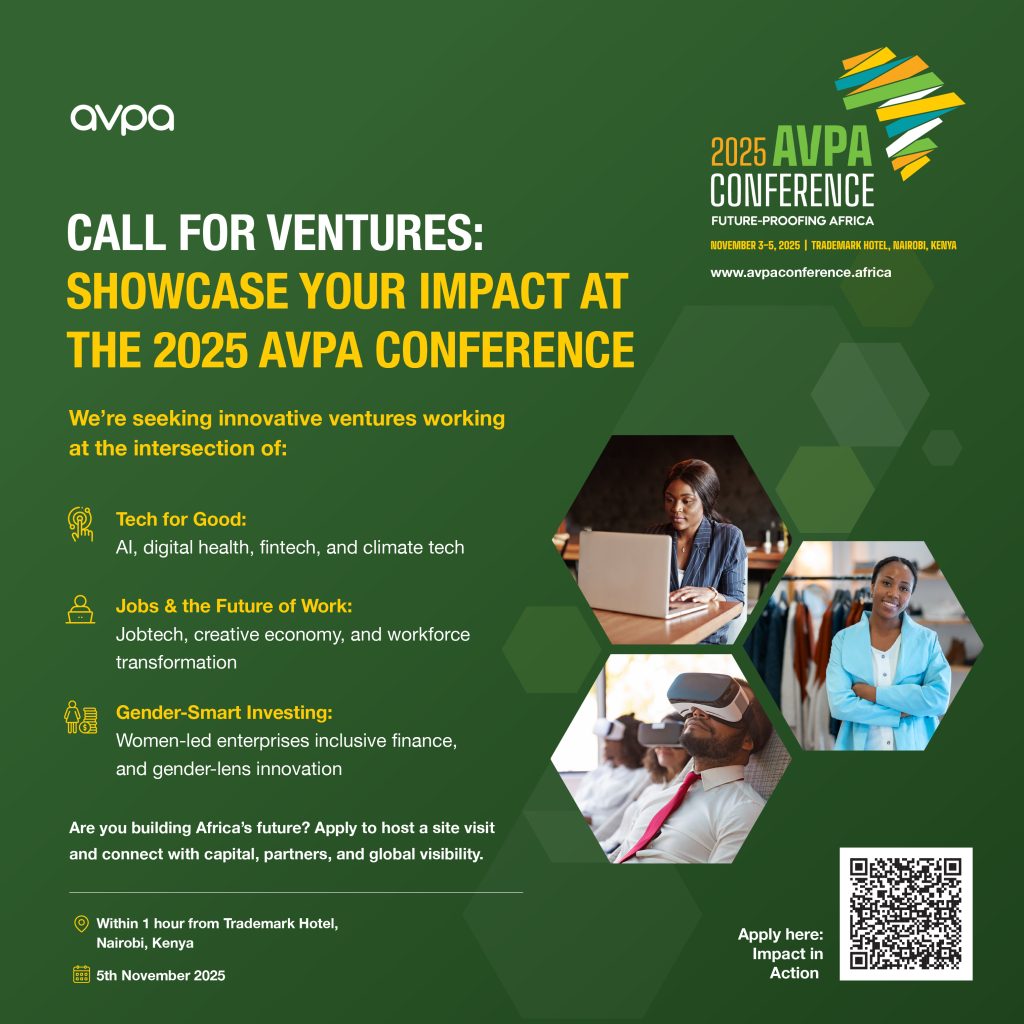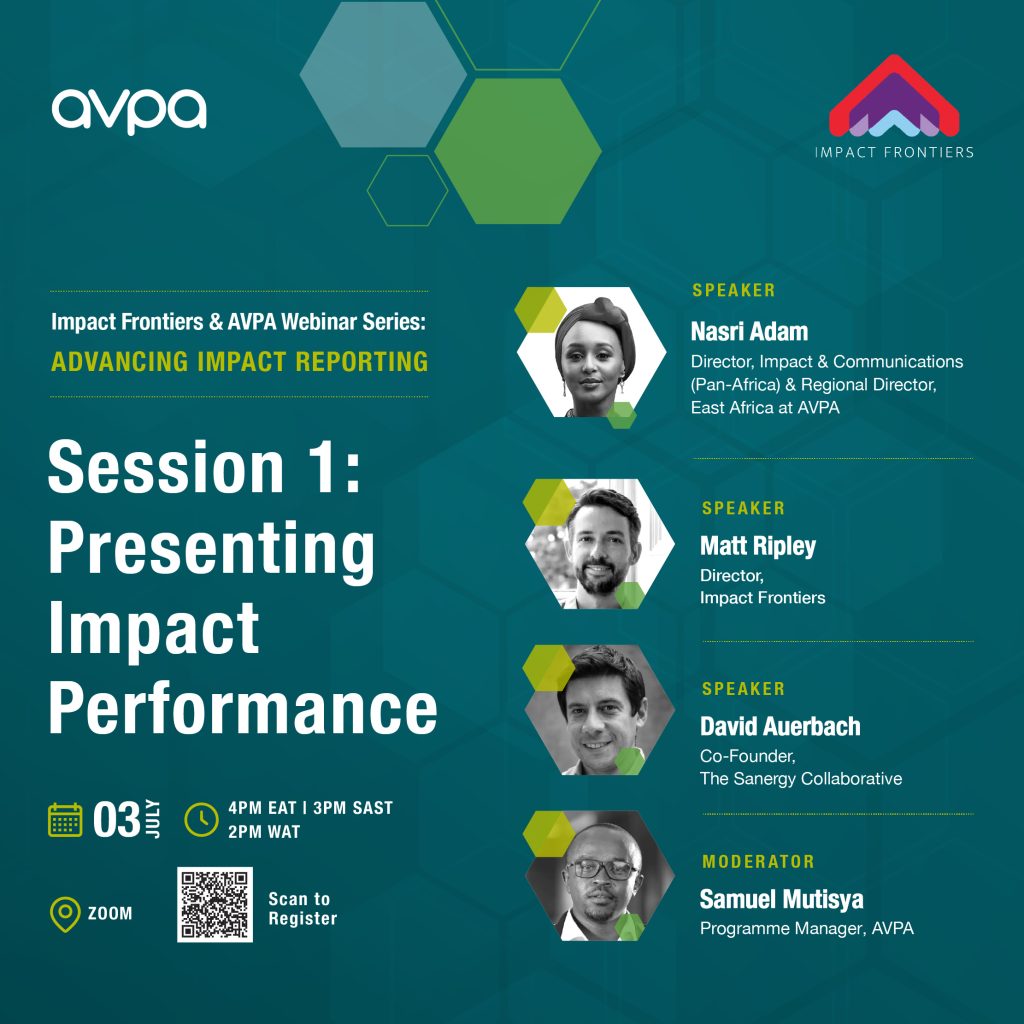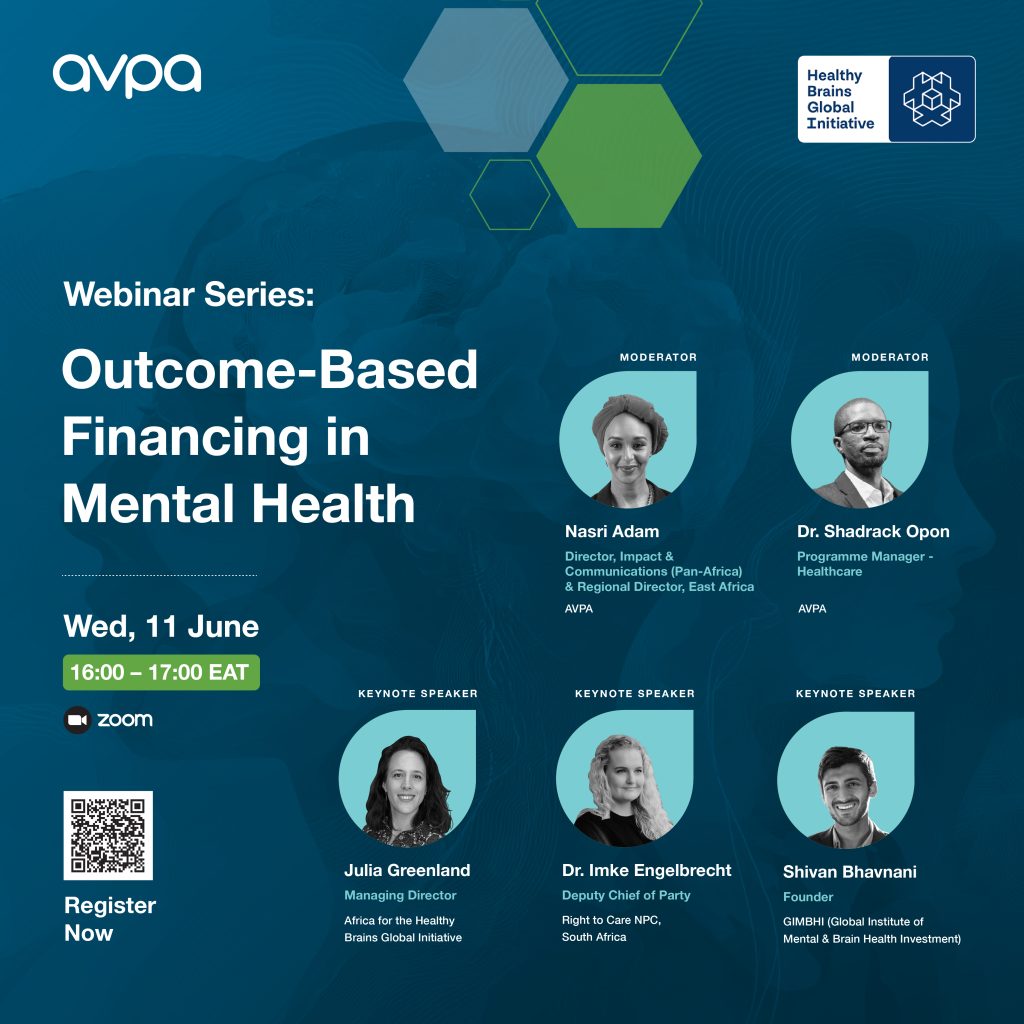Audrey Pessot (pictured) is an Associate Impact Finance / Compliance Officer at TRECC – Transforming Education in Cocoa Communities for Jacobs Foundation.
About Jacobs Foundation
All children and young people have the potential to develop positively when given the proper environment and opportunities.” That was a key reason for Klaus J.Jacobs to establish the Jacobs Foundation.
Jacobs Foundation is committed to recognizing and strengthening the individual potential of children and youth and to developing and expanding their vocational skills. Jacobs Foundation has embarked on a very exciting journey to improve the learning, development, and living conditions of children and youth in new ways. The Jacobs Foundation team is eager to join with like-minded partners in meeting the challenges of this new decade.
What kind of innovative financial instruments does your organisation use?
In 2017, Jacobs Foundation became an impact investor for the first time in its history. The impact finance portfolio was designed to test whether sustainable business models in the education sector could be developed and thrive in Côte d’Ivoire. The main concern of the Jacobs Foundation at the time of the investments was to provide capital that suits the needs of social enterprises. We had to design the right financial instruments to support companies’ growth, without adding a burden, but still with the objective of financial and social return. Therefore, we adapted the financial instruments to the situation of our investees; using convertible debt for startups viewed as too early to value, equity for high growth (but with no or limited free cash flow) enterprises, and debt for more mature startups. In addition to using these classical financial instruments, with some context-specific modifications, we developed a structure in which the Jacobs Foundation would reward companies based on the achievement of outcomes, allowing clawbacks to give additional equity to management teams. We also financed technical assistance on a case-by-case basis, following a stringent assessment of the investees’ needs. Our objective in all cases was to strengthen the educational aspect of their products/services. In response to COVID-19 related pressure, we provided additional support to our investees to help them build their resilience to future potential crises.
Because learning is in the foundation’s DNA, we want to take it a step further by implementing a new category of innovative financial instruments linked to learning outcomes, with the goal of demonstrating proof of concept for fundamental improvement for children and youth.
What have you learned through the course of designing and implementing these structures? What’s working, what’s not?
Historically, impact investors have traded off financial returns for social impact, but we set out to prove that both could co-exist. However, this was not without its challenges.
The first challenge we are thinking of is the potential companies’ dependency generated by favorable financing. As investors, we want to see companies succeed and be able to stand on their own, with their commercial revenue. At the time of the investment, we had considered a certain level of support to be given to our companies. It appears that the companies needed extra support, beyond what we initially had in mind, to attain that goal of self-sustainability. Without the agility we have shown, we believe that companies would not be where they are now. It has been tough to know when to stop supporting companies and thus to find the right balance, so as not to stifle innovative initiatives. Impact investing provides room and leeway that commercial capital cannot offer. The lesson learned here is that we need to be ready to bring support for a longer period of time.
Another challenge is linked to the all-elusive exit. For a return on investment to be realized, investors must be able to exit their investments. This is normally done via public markets (initial public offerings) or company sales to trade or financial buyers. Neither option is viable when it comes to early-stage education companies in small developing markets. For social ventures, unless the later stage investors mandate fully aligns with yours or they are more strategic and need the startup’s solutions, finding an external exit mechanism is difficult. We explored structures in which companies could pay us back at a small markup once they hit profitability. Given the trajectory of our companies, this seems to be a more likely option, however, the timeline we initially set to reach this (4-5 years) seems too short. The lesson learned here is that we need to extend our exit timelines to closer to 7-10 years for this to be an option.
How does innovative finance help you maximize impact?
We believe that financial innovations can serve and maximize impact, and that impact tracking can serve financial sustainability and competition. In this spirit, the Jacobs Foundation is currently designing a new approach to education investment known as the Scientific Capital/Strategic EdTech Incentive Fund (SEIF). We will focus on the EdTech sector, which is rapidly growing and has enormous potential to transform teaching and learning by providing tools that effectively address variability in learning and measure learning outcomes.
In our view, positive impact exists only if it is carefully measured and reported using credible metrics. Many companies that claim to measure their impact often rely on outputs that can be more easily tracked, for example, the time spent on the platform, the number of users, the number of downloads, and so on. They may also rely on anecdotal testimonials from end-users of their respective services. We believe that such assessments and testimonies do not capture the true impact of their product/service on learners. How do we know that the learner’s experience with the EdTech product/service is beneficial to him/her? Does the EdTech product/service take into account the abilities and preferences of the learner? Does the EdTech product/service help the learner to develop skills such as critical thinking? Answering these questions will help us get to a better understanding of the true impact of an educational product/service.
Companies should not bear full responsibility for not answering these questions since the primary driver for the entrepreneur is business performance. Entrepreneurs devote the majority of their efforts and energy to attaining product-market fit. Investors, if they truly seek to achieve impact in education, have an important role to play. That is why we have decided to develop and deploy novel investment instruments that link achieved learning outcomes to financial incentives for EdTech companies (on top of also funding rigorous research and promoting the generation and practical use of evidence). We ultimately believe that learning outcomes should be a performance criterion as well as a selection criterion, thereby assisting potential customers (parents, schools, governments, and other funders) in making effective purchasing decisions.
If you use blended finance, tell us about some of the innovative partnerships you have employed.
The Foundation aspires to ignite private-public partnerships to leverage resources and increase the flow of capital into social investments in Africa.
In 2017, we invested in a blended finance fund, the first Regional Education Finance Fund for Africa (REFFA). This fund provides customized financial services for the education sector in a demand-oriented, financially sustainable, and socially responsible manner. The junior tranche, funded by public funds, has been catalytic in attracting philanthropic funds such as Jacobs Foundation, which in turn, has attracted additional private funds. We coupled that investment with grant capital to serve as a technical assistance facility for microfinance institutions to strengthen lending practices and develop new financial products, as well as for private education providers to improve the quality of education. Over 2500 education loans were provided to cocoa farmers in Côte d’Ivoire to help them send their children to school on time, despite receiving their harvest season income several months after the start of the school year.
The Jacobs Foundation plans to provide additional blended finance and facilitate third-party investments in education technology with the goal of deepening the impact of education technology companies in our targeted geographies.
AVPA has introduced a new section in our newsletter dedicated to members of the Deal Share Platform – a Q&A focusing on an organisation, individual, product/service, and/or learnings. With this project, we aim to promote shared learning, brand growth, and foster both community growth and interaction, among other outcomes.
If you’d like to participate, please let us know via info@avpa.africa
To learn more about the AVPA Deal Share Platform, please click here.

